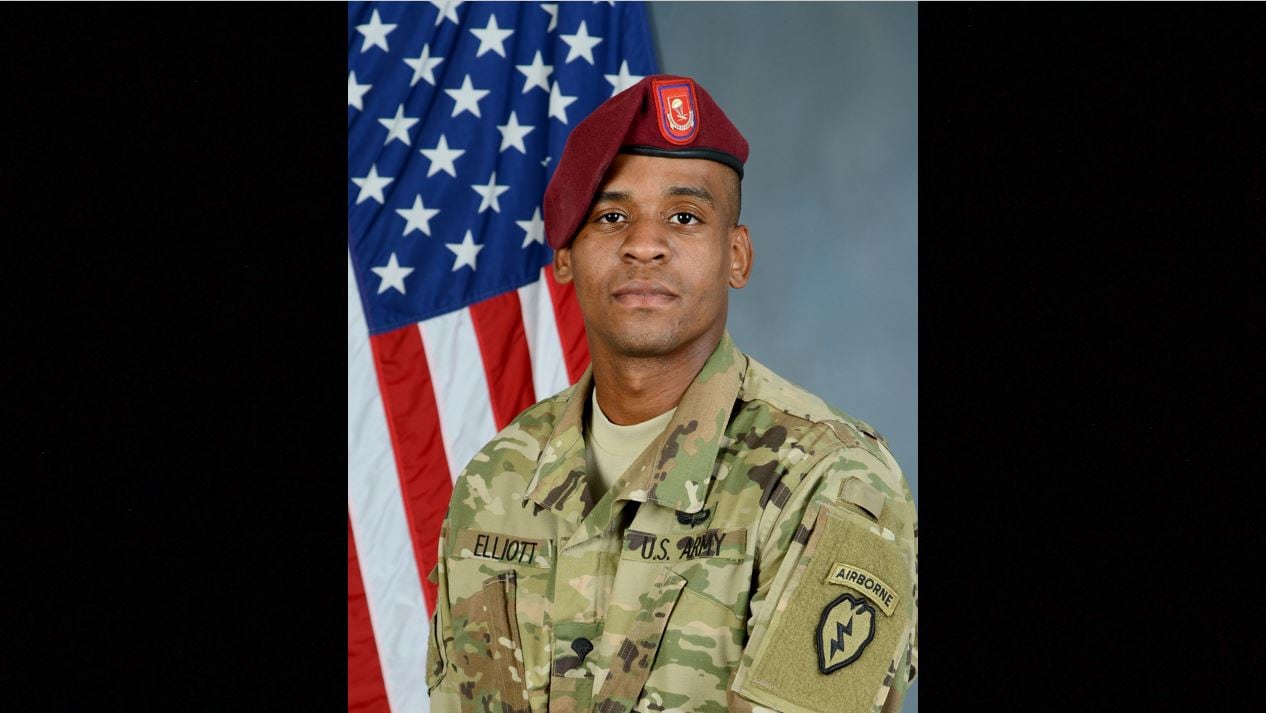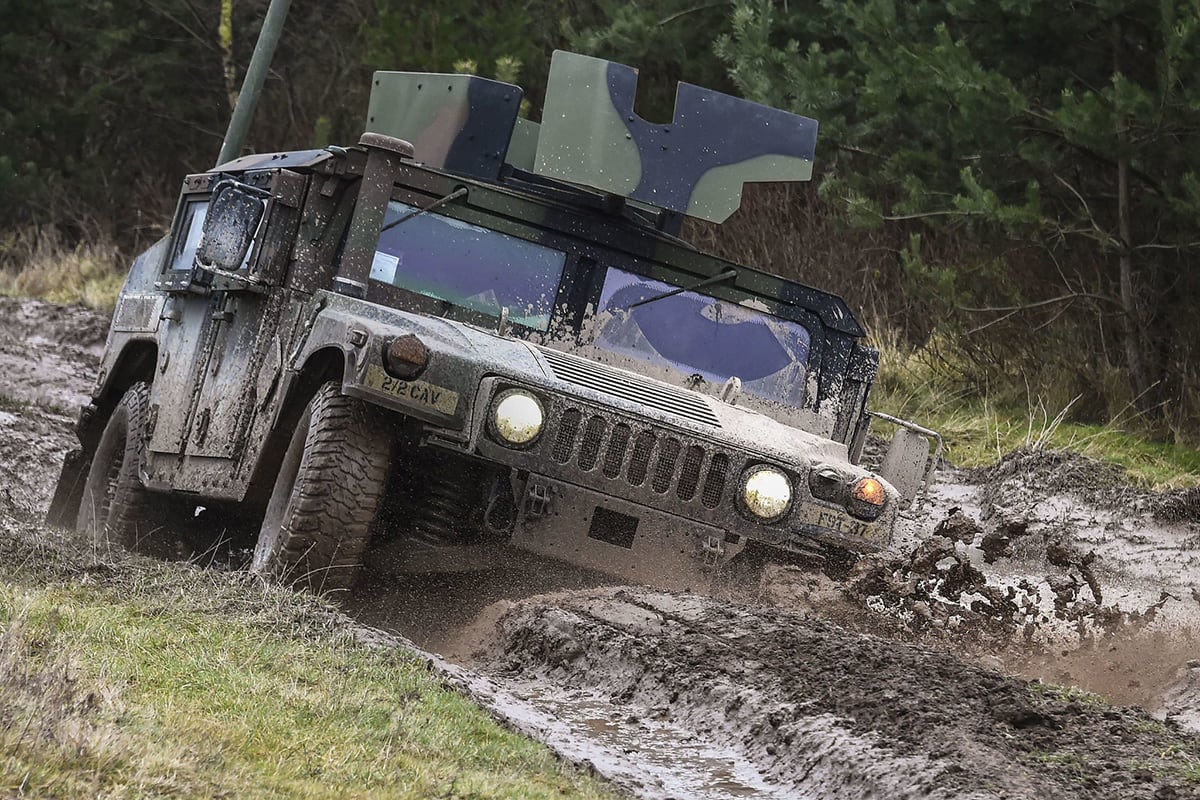One of the very first casualties I’d encountered from Operation Iraq Freedom was U.S. Marine Sgt. Jason Wittling.
He, like all Marines, knew what he’d signed up for and what his unit, 1st Combat Engineer Battalion, was in Iraq to accomplish. The fact that he was lying in a bed at a VA hospital with a damaged cervical spine, in itself, was not what had struck me when I first met him. It was the fact that he’d ended up there, literally by accident, when his High Mobility Multipurpose Wheeled Vehicle (HMMWV), or Humvee, had simply rolled over during a non-combat incident, leaving him paralyzed for life.
That was in 2005. So when I read the May 2019 stories about a Marine lance corporal who was killed in a Humvee rollover in northern Australia and a Fort Polk soldier who had died and 12 others injured in a rollover accident involving several Humvees, I couldn’t help but to think about Sergeant Wittling and whether our military leaders had learned anything from the tragedy he’d suffered 14 years earlier. The answer appears to be no, to some extent.
Alarmingly, the number of documented Humvee rollovers over the last 5 years supports this dismal conclusion. There were 93 rollovers involving Humvees since 2015, leaving 10 service members dead, 122 injured and counting, according to data from the Army Safety Center Risk Management Information System database.
RELATED

One explanation for the increased prevalence of rollovers is the up-armored modifications made to improve ballistic protection and resistance improvised explosive devices, or IEDs. This required hardening the Humvee cab and adding heavy armor kits. While this reduced the vehicle’s vulnerability and increased the occupants’ chances of survival during attacks, the added weight changed the Humvee’s center of gravity, which destabilized the vehicle on certain terrain, making it harder to control and more prone to rollovers.
Of course, these modifications were necessary to save lives as IEDs had become the enemy’s weapon of choice in Iraq. The unintended consequence, however, was more lives lost in too many cases where the danger for service members training stateside and being transported during non-combat movements hid in plain sight.
This wasn’t exactly breaking news to the brass in Washington. The U.S. Army had commissioned a Joint Trauma Analysis & Prevention of Injury in Combat study of Humvee accidents in 2013. The study revealed that from Fiscal Year 1992 to 2013, annual Army Humvee rollovers ranged from 10 to 113. Data also revealed a wide range of injuries from Humvee rollovers, with annual fatality rates ranging from 1 in years 2001, 2012, and 2016 to 35 in 2005.
While some hazards of military service are unavoidable, this one actually has a solution.
“Humvee rollover mitigation” is a process that involves the installation of anti-lock braking systems and electronic stability control kits, which have proven to significantly reduce vehicle rollovers. These modifications have been available to the general public since 1987, and in 2011, the U.S. government mandated their installation in all tactical vehicles traveling on public roads.
However, the needed funding currently remains unavailable to add the retrofits to the Army’s entire Humvee fleet, meaning units must rob Peter to pay Paul to fund retrofit-kits or use the money for other unit priorities with their fairly modest operational budgets.
A renowned politician once said, “Show me your budget, and I’ll tell you what you value.” It’s time for our government to show that it values lives by paying for retrofits, such as braking traction control systems and automatic detection of off-road surfaces, that prevent rollover and loss-of-control crashes before they occur.
The result will be fewer lost lives and bodily injuries while ensuring mission success. Sergeant Wittling and hundreds of others have already paid the high personal cost of this very expensive lesson in risk management.
Fleet-wide Humvee rollover mitigation can no longer wait and must be fully and jointly funded by Congress and the Defense Department immediately. While the cost of doing so may be substantial, the even greater cost of inaction is one we can simply no longer bear.
Sherman Gillums Jr. is a retired U.S. Marine Corps officer and chief advocacy officer for AMVETS National.




